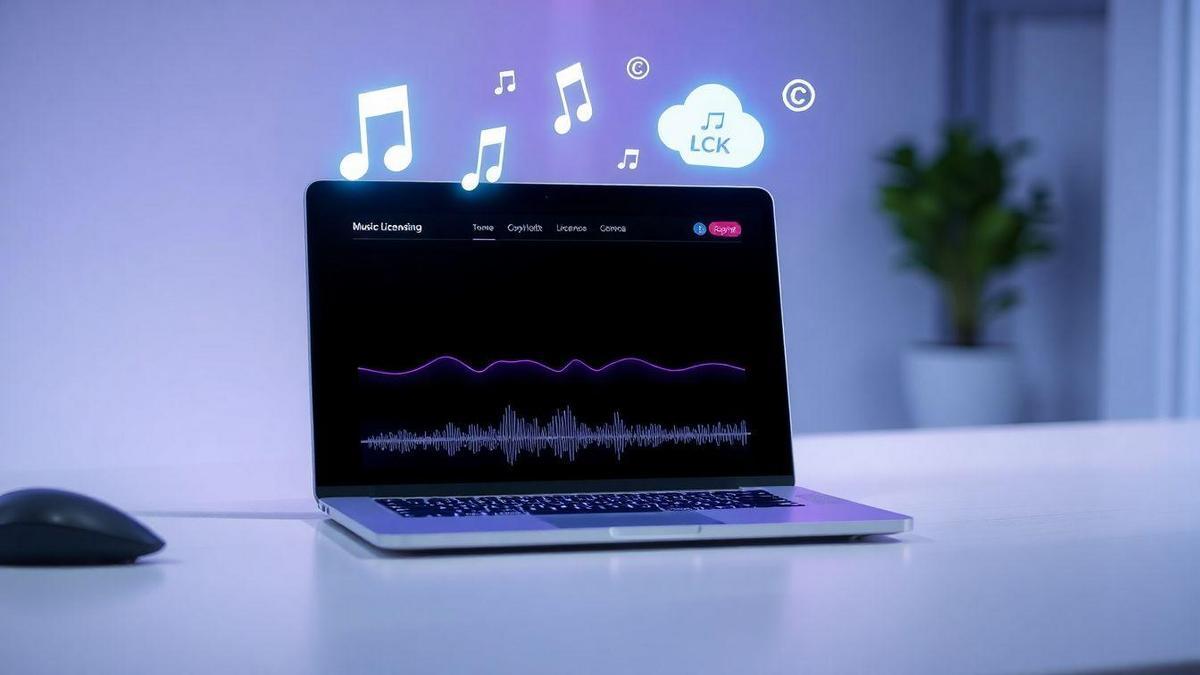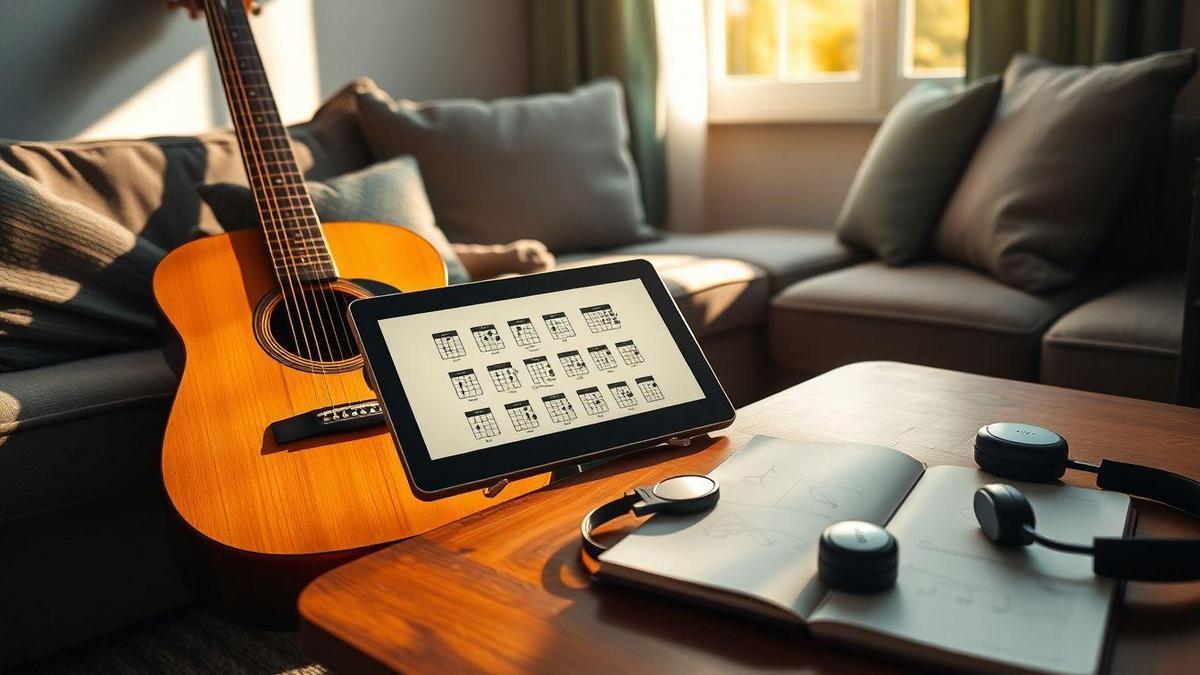Best Music Licensing Websites 2025 — Complete Guide
This guide reviews the best music licensing websites 2025 and explains what creators and artists should expect. I compare overall value, catalog size, search tools, licensing models, rights clarity for commercial and YouTube use, costs (subscription vs. per‑track vs. flat‑fee), metadata quality, genre depth including niche/world music, and practical sync steps. Read on for cost tips, a filmmaker’s checklist, and artist advice to maximize licensing income.
Key takeaways
- Prioritize platforms with clear, plain‑language license terms.
- Match cost model to project: subscription for high volume, per‑track or flat‑fee for one‑offs.
- Favor large, diverse catalogs with strong metadata and advanced search.
- Confirm publishing and master rights, territory, term, and Content ID policies.
- Keep license PDFs, invoices, and cue sheets organized.
Best music licensing websites 2025 — overall value
I tested major services and measured price, license clarity, catalog depth, and practical fit. For creators who need predictable costs and fast clearance, Epidemic Sound and Artlist lead in 2025; AudioJungle is useful for inexpensive one‑offs; Musicbed and Marmoset excel for premium, curator‑led selections. Value means: clear rights for the intended use, fair price, and music that fits the project quickly.
I ran real workflows — short ads, a YouTube series, a short film — to check how license terms behaved in practice. Platforms that own both master and publishing or provide explicit, easy‑to‑find license PDFs save the most time and reduce legal risk.
Catalog size and search tools on top platforms
Catalog size matters, but finding the right track matters more. The best music licensing websites 2025 combine breadth with smart search:
- Epidemic Sound and AudioJungle: massive libraries.
- Artlist and Musicbed: smaller, highly curated collections.
- Marmoset and Musicbed: rare indie songs and human curation.
Search features I value: mood, tempo/BPM, instrumentation, stems, duration, key, and reliable similarity/AI recommendations. Preview speed and the ability to queue and compare tracks matter for workflow. In short: size plus usable metadata and fast previews makes a library effective.
Licensing models and rights clarity
Licensing generally falls into three types:
- Subscription buyouts (e.g., Epidemic Sound, Artlist): recurring fee for wide use; great for digital creators but check broadcast and performance exclusions.
- Per‑track licenses (e.g., AudioJungle, Pond5): one‑time purchase with tiered uses.
- Negotiated/custom sync deals (e.g., Musicbed, Marmoset): required for TV, film, and national ads.
Always confirm in writing: who controls publishing, whether the license includes worldwide/perpetual sync and master use, and how performance royalties (PROs) are handled. If you plan broadcast or ad spend, request a broadcast addendum and clarify Content ID/monetization routing.
Subscription versus pay‑per‑track costs (affordable licensing in 2025)
Ask: is subscription or pay‑per‑track cheaper for your output?
- Heavy uploaders (weekly or more): subscription usually wins. Typical creator plans: $12–$30/month or $100–$300/year, often covering YouTube monetization.
- Occasional users: pay‑per‑track is often cheaper. Marketplaces sell YouTube/web licenses from roughly $10–$50 and broader commercial or broadcast licenses from $100–$400.
- Large commercial campaigns/broadcast: expect bespoke pricing ($500–$5,000 for broad rights).
Always read the fine print: some subscriptions exclude broadcast/ad campaigns without upgrades; some one‑time licenses are non‑exclusive and lower cost.
Flat‑fee, subscription, and pay‑per‑use explained
- Flat‑fee: one payment for set rights—predictable but higher upfront cost; common for boutique or film licenses.
- Subscription: recurring fee for broad access—low cost per use for volume, but check renewal and broadcast terms.
- Pay‑per‑use: buy as needed—precise control, but costs add up with frequent purchases.
Choose the model that fits frequency, scale, and legal clarity required by your project.
Typical price ranges for YouTube and commercial use
Across the best music licensing websites 2025:
- YouTube (monetized): subscriptions cover most creator plans ($12–$30/month). Single‑track licenses $10–$75.
- Small commercial/web ads: subscription upgrades or $100–$400 per track.
- Large commercial/TV/film: custom deals or $500–$5,000 per track; exclusive rights cost more.
Example: a $250 non‑exclusive track can be ideal for a client promo; for frequent uploads a subscription might already be the cheaper route.
Cost‑saving tips for filmmakers and creators
- Use subscription plans if you publish often.
- Buy bundles or packs for series work.
- Prefer non‑exclusive licenses where appropriate.
- Negotiate package deals for multiple tracks.
- Reuse licensed themes when allowed.
- Trim duration to reduce fees if the platform permits.
- Consider in‑house composers for ongoing needs.
- Verify sample clearances to avoid hidden costs.
- Use free libraries cautiously and always read their terms.
- Keep a centralized record of licenses and invoices.
I once cut my music bill by half by consolidating recurring projects under one subscription.
Catalog breadth, metadata quality, and niche/world music
A useful catalog resembles a well‑signposted city: many neighborhoods (genres) with clear directions (metadata). I check:
- Genre diversity including film‑score, indie, electronic, and regional/world music.
- Metadata fields: BPM, key, stems, ISRC, ISWC, mood tags, instrumentation, vocal type.
- Availability of instrumental edits and stems.
For niche/world music, I prefer platforms that provide performer credits, cultural context, and contact details. That makes clearance faster and preserves authenticity.
Sync licensing: practical steps and required rights
When syncing music, gather:
- Exact cue and timecodes.
- ISRC, ISWC, songwriter names, publisher, label.
- A brief to the rights holder: project type, term, territory, media, and budget.
- Request draft license and chain‑of‑title statement.
- Negotiate exclusivity, credit lines, and edits in writing.
- File cue sheets and archive all signed contracts.
Remember sync requires both composition (publishing) and master (recording) rights. For covers, samples, or interpolations you may need additional clearances.
Typical timelines and legal checkpoints
- Quick clears (48–72 hours): platform owns master and publishing and uses standard non‑exclusive licenses.
- Standard clears (1–3 weeks): multiple rights owners or requests for edits/exclusivity.
- Complex clears (4–12 weeks): legacy catalogs, samples, or high‑profile approvals.
Track these checkpoints: right scope, exclusivity, credits, payment terms, warranties/indemnities, cue sheets, and delivery of masters/stems. Plan twice as much time as you expect for clearance.
Filmmaker’s secure sync checklist
- Identify cue: exact in/out times.
- Record identifiers: ISRC, ISWC, writer/publisher, label, contacts.
- Get chain‑of‑title and splits statement.
- Secure both sync (publishing) and master licenses in writing.
- Define media, territory, term, and exclusivity.
- Agree exact credit line.
- Clear samples separately.
- Set payment terms and consider escrow for high fees.
- Limit indemnity exposure and get warranties.
- Collect deliverables: high‑res WAV, stems, file naming.
- Prepare and file cue sheets and register with PROs.
- Archive all contracts, emails, and invoices.
Music licensing for YouTube creators and Content ID‑safe options
Content ID and monetization are central concerns. Some platforms manage Content ID for you (acting as a shield), others leave claims to be contested with license proof.
- Epidemic Sound and Artlist: subscriptions often include Content ID protection while the license is active; check whether past uploads remain covered after cancellation.
- AudioJungle and Pond5: single purchases require the correct license tier for monetization; keep PDFs handy to dispute claims.
- YouTube Audio Library: free, low risk; some tracks require attribution.
- Creative Commons: CC0 is safest; other CC licenses may restrict commercial use or require attribution.
Always save license PDFs, invoices, and project metadata to resolve claims quickly.
License terms for monetized videos and platform claims
Key items to confirm:
- Permission for monetization (commercial use).
- Perpetual vs. limited term. Perpetual licenses are safest for long‑term use.
- Whether the provider files Content ID claims or collects revenue on your behalf.
- Clear documentation: license PDF, invoice, and metadata.
Best practice: log purchase date, license type, and exact usage per track.
Avoiding strikes and disputes — best practices
- Read licenses and query unclear clauses.
- Download and back up license PDFs and invoices.
- Ensure sync and master rights are covered for monetization.
- Use claim‑safe libraries for zero‑risk needs.
- Choose the proper license tier for your use.
- Include attribution when required.
- Keep upload timestamps and project files for disputes.
- Respond to claims with documentation and remain professional.
I once lost revenue because I had the invoice but not the correct license tier; now I treat licenses like financial records.
Independent artist platforms, revenue splits, and how artists sell
Landscape in 2025: curated libraries, AI‑assisted platforms, and open marketplaces. Typical splits:
- Non‑exclusive library splits: platform takes 30–50% (artist keeps 50–70%).
- Publisher/admin models: publisher takes 10–25% for admin services.
- Direct sell/buyouts: artist can keep 100% for a one‑time fee.
- Exclusive deals: often higher rates (70/30 or 80/20) but restrict distribution.
Sync income often combines a flat sync fee and publishing shares. Choose distribution strategies based on long‑term goals: wide exposure (non‑exclusive) vs. higher upfront income (exclusive).
How artists upload, set rights, and maximize licensing income
Typical artist workflow:
- Create account and verify ID.
- Upload high‑quality WAV masters, stems, and MP3 demos.
- Add comprehensive metadata: titles, writer splits, ISRC, ISWC, BPM, mood, tags, intended uses.
- Declare rights (master owner, publisher status) and choose non‑exclusive or exclusive.
- Set licensing options: per‑use, subscription pool, or buyout.
- Provide cue sheets and enable publisher administration if desired.
Maximizing income:
- Register with a PRO and mechanical rights organizations.
- Provide stems and instrumental edits.
- Avoid open‑ended exclusivity unless the advance is substantial.
- Price strategically: low entry prices for small uses, higher fees for TV/ads.
- Pitch actively to supervisors and use platform editorial tools.
- Monitor analytics and tweak metadata if a track gets plays but no licenses.
- Keep split sheets and clear collaborator agreements.
Payout transparency, contracts, and promotion tools
Good platforms show transparent dashboards with earnings, fees, and payout schedules (monthly/quarterly with 30–90 day holds). Watch for minimum payout thresholds and conversion fees. Read contract clauses on exclusivity, term, indemnity, and recoupment carefully. Promotion tools (editorial playlists, pitching, analytics) significantly boost placement chances.
Conclusion
Three clear threads from this survey of the best music licensing websites 2025:
- Clarity of rights matters most — fuzzy licenses create legal risk.
- Catalog breadth plus rich metadata and smart search saves time and money.
- Match your cost model to your workflow: subscription for volume, per‑track/flat‑fee for one‑offs, and premium/custom deals for broadcast/film.
Treat music licensing like project management: gather ISRC/ISWC, confirm publishing and master rights, request stems when needed, and archive licenses and invoices. For artists: metadata and transparency are your currency—register with PROs, provide full credits and stems, price smartly, and pitch actively.
If you want to dive deeper, explore further resources and platform comparisons to find the best music licensing websites 2025 that fit your needs.
Frequently asked questions
Q: Which sites rank as the best music licensing websites 2025?
A: Common top picks: Epidemic Sound, Artlist, AudioJungle, Pond5, PremiumBeat, Musicbed, and Marmoset—selected for catalog, rights clarity, and cost.
Q: How do I choose among the best music licensing websites 2025?
A: Compare license terms, search tools, price, and track quality. Run test searches and read the fine print before committing.
Q: Can I use tracks from the best music licensing websites 2025 for YouTube monetization?
A: Yes if the license explicitly allows monetization. Keep the license PDF and invoice to respond to Content ID claims.
Q: Are subscription models better than per‑track purchases on the best music licensing websites 2025?
A: It depends. Subscriptions work well for frequent uploads; per‑track purchases are often better for occasional or high‑value one‑offs.
Q: How do I verify and store license rights from the best music licensing websites 2025?
A: Download and back up the license PDF, invoice, and project metadata. Keep a centralized folder (cloud local) for easy dispute response.














